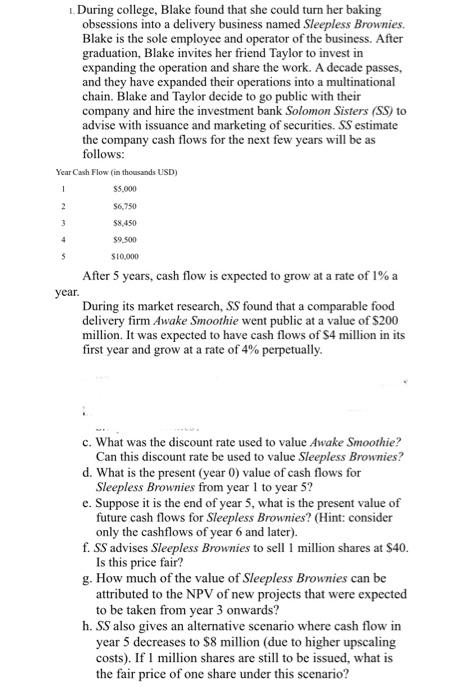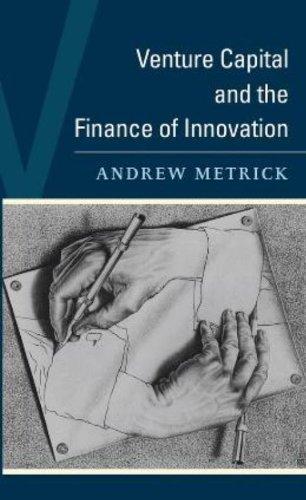Answered step by step
Verified Expert Solution
Question
1 Approved Answer
Need from Part C-H 1. During college, Blake found that she could turn her baking obsessions into a delivery business named Sleepless Brownies. Blake is
Need from Part C-H

Step by Step Solution
There are 3 Steps involved in it
Step: 1

Get Instant Access to Expert-Tailored Solutions
See step-by-step solutions with expert insights and AI powered tools for academic success
Step: 2

Step: 3

Ace Your Homework with AI
Get the answers you need in no time with our AI-driven, step-by-step assistance
Get Started


